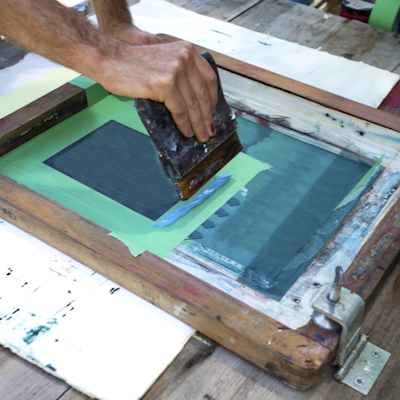
What is a Serigraph?
Serigraph is a printmaking process that uses silk screen techniques to create an image. The image is digitally separated into individual colors, each of which is assigned to a separate silk screen. These screens are then used to apply each color by hand, layer by layer, to replicate the original artwork, often based on an oil painting.
Show All
- Show All
- Established
- Discoveries
A,B,C
ARTWORKS RELATED TO SERIGRAPH
Alexander Calder
Untitled (from Graphikmappe Hochschule St. Gallen), 1967
Limited Edition Print
Serigraph
Currently Not Available
Andy Warhol
Apples from Space Fruit: Still Lifes, 1979
Limited Edition Print
Serigraph
Inquire For Price

Space Art is an artistic genre that depicts the cosmic elements of the universe, including celestial bodies, interstellar space, and space exploration. It began in 1865 with the first science-based illustrations by A. de Neuville and Emile Bayard in Jules Verne’s novel From the Earth to the Moon. Space Art has since evolved to include various forms of visual art inspired by astronomical discoveries and the human imagination, playing a key role in visualizing the wonders of space.





















